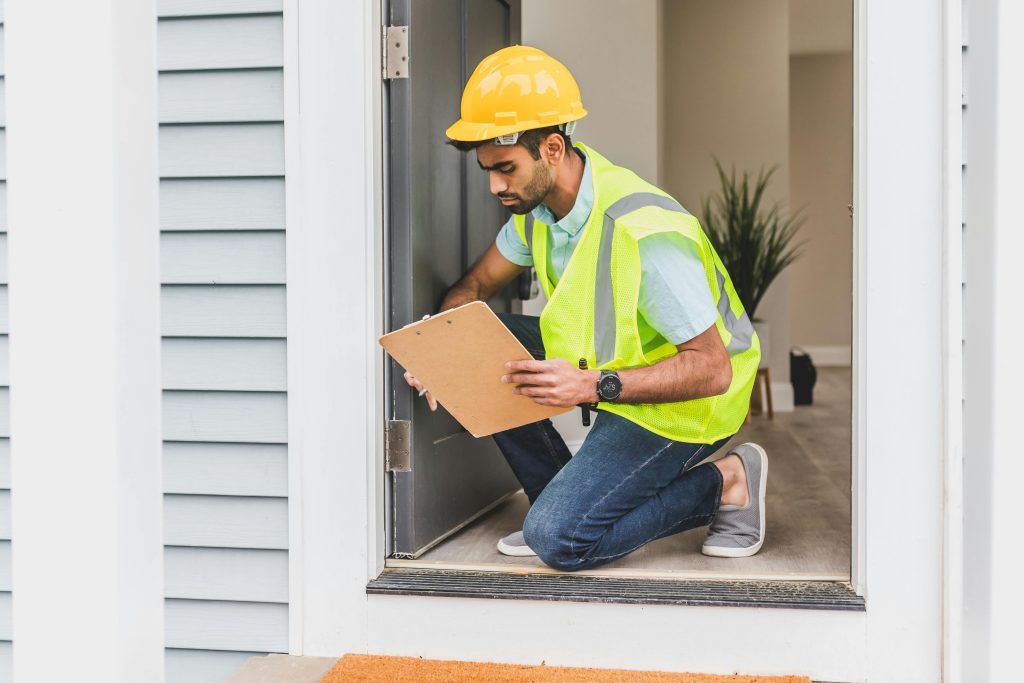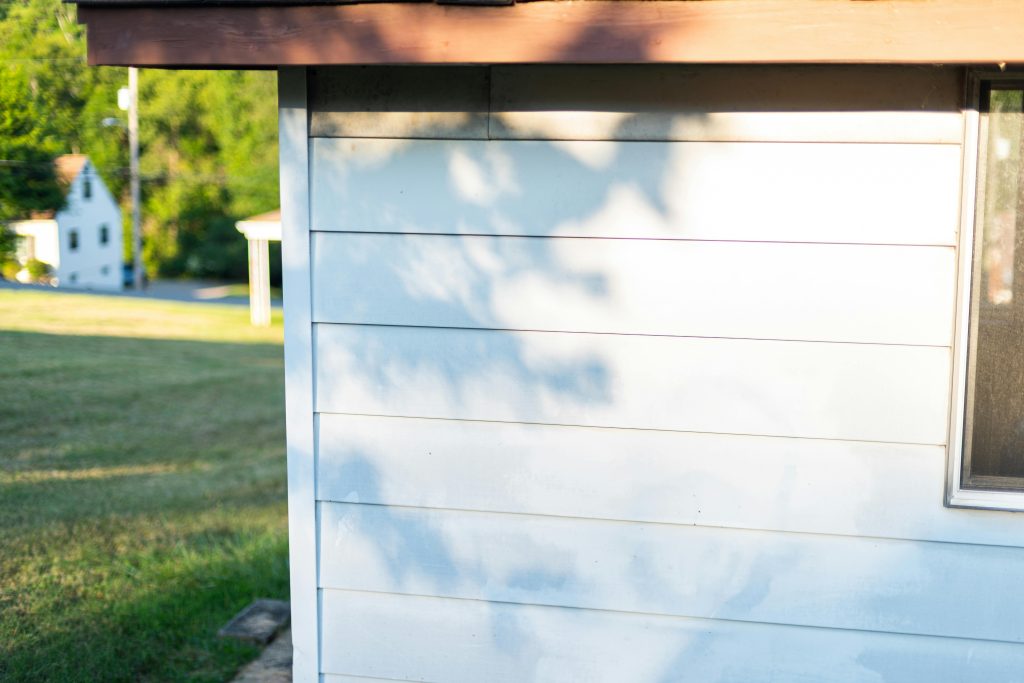Imagine this: You’ve just invested in a beautiful modern home, with sleek lines and contemporary flair. The exterior looks stunning, but a few years down the road, you start noticing cracks, peeling paint, and faded colors. What went wrong? Most likely, it’s the siding installation that didn’t stand the test of time. Siding is more than just the face of your house, it’s the first line of defense against harsh weather, pests, and aging. Getting the siding installation right is crucial to ensuring your modern home’s exterior remains durable and visually impressive for decades.
In this article, we will dive deep into expert siding installation tips that will help you achieve a long-lasting, low-maintenance exterior. Whether you’re a homeowner gearing up for a renovation or a contractor looking for fresh insights, these tried and true strategies will equip you with the knowledge to make informed decisions. From choosing the right materials that complement a modern aesthetic, to installation techniques that prevent water damage and structural issues, you’ll learn it all.
Siding, when properly installed, can dramatically enhance your home’s curb appeal and value. However, poor installation can lead to costly repairs down the line. We will explore how to prepare your home’s exterior surface, the importance of proper underlayment, and effective sealing practices that protect your investment. Furthermore, this guide will demystify common siding options, vinyl, fiber cement, metal, and wood, and explain which ones best fit the needs of a contemporary home depending on climate and budget.
Another critical aspect we’ll cover is ventilation and insulation considerations during siding installation. Modern homes demand energy efficiency, and siding plays a pivotal role in that equation. You’ll discover how expert installation methods can help reduce drafts, prevent mold growth, and keep your interior comfortable year-round.
By the end of this article, you will have a clear blueprint of the best siding installation practices that combine aesthetics, durability, and sustainability. Say goodbye to frequent repairs and hello to a sleek, resilient exterior that stands strong against time and elements. Join us as we unlock the secrets to expert siding installation, turning your modern home’s exterior into a masterpiece of longevity and style.
Table of Contents
ToggleKey Takeaways: Expert Siding Installation for Modern Homes
- Siding is your home’s first line of defense: Proper installation protects against weather, pests, and aging while maintaining curb appeal and structural integrity.
- Material selection defines durability: Fiber cement, vinyl, engineered wood, or metal each offer unique benefits depending on climate, budget, and design goals.
- Preparation is key: Clean, dry, and structurally sound surfaces ensure strong adhesion and prevent long-term issues like warping or moisture infiltration.
- Ventilation and insulation matter: Correct airflow and underlayment reduce moisture buildup, improve energy efficiency, and extend siding lifespan.
- Precision installation ensures protection: Secure fastening, consistent overlaps, and proper sealing around joints and windows prevent water damage.
- Aesthetic and function work together: Expert siding installation enhances both the visual appeal and the energy performance of modern homes.
- Regular maintenance extends longevity: Annual inspections and prompt repairs preserve appearance and protect your investment.
- Professional installation pays off: Certified installers guarantee quality, durability, and compliance with warranties—saving money in the long run.
Why Siding Is More Important Than You Think for Your Modern Home Exterior
When it comes to designing a durable, attractive, and energy-efficient modern home, siding plays a crucial role that often goes underestimated. Siding, simply put, is the outer protective layer attached to the exterior walls of your home. It serves as the first line of defense against weather elements such as rain, wind, heat, and UV rays. But siding is much more than just a shield; it’s also a key factor that affects your home’s insulation, curb appeal, and long-term maintenance costs.
To truly understand why siding is indispensable, consider these powerful facts: according to the U.S. Department of Energy, about 25%–30% of energy loss from a house occurs through its walls and windows. High-quality siding, when properly installed, acts as an extra barrier that significantly improves your home’s energy efficiency. This means lower heating and cooling bills in the long run, not to mention an environmentally friendly footprint.
Moreover, siding impacts the resale value of your property. A report from the National Association of Realtors states that homeowners can recoup up to 75%-80% of the siding replacement cost when selling their homes. So, a well-chosen and professionally installed siding isn’t just an expense, it’s a smart investment.
Let’s bring this to life through a real-world success story. Meet Sarah and James, homeowners in the Pacific Northwest who decided to upgrade their aging wood siding to a modern fiber-cement alternative. Initially daunted by the installation costs and process, they found expert siding installation tips that helped them select the right materials, optimize weatherproofing techniques, and ensure proper sealing and fastening. Two years after the project, their home not only looks stunning with a sleek, contemporary facade but their energy bills have dropped by 18%, an impressive saving that pays dividends every season. Their neighbors noticed the transformation too, sparking conversations on the importance of siding in modern home care.
In essence, siding is far more than just a cosmetic feature, it’s a fundamental component of a resilient, stylish, and cost-efficient home exterior. Understanding what makes siding special and investing in expert installation tips can make all the difference, ensuring your home’s beauty and protection last for decades.
Tips for Expert Siding Installation for a Long Lasting Modern Home Exterior:
✅ Choose Quality Materials: Invest in high-grade siding such as fiber cement or engineered wood to ensure durability and resistance to weather.
✅ Prioritize Proper Ventilation: Install a house wrap and allow for air circulation behind the siding to prevent moisture buildup and mold growth.
✅ Prepare the Surface Thoroughly: Ensure the exterior walls are clean, dry, and structurally sound before installation to avoid future issues.
✅ Use Professional Fasteners: Opt for corrosion-resistant nails or screws recommended for your siding type to secure panels firmly and prevent damage.
✅ Maintain Consistent Overlaps: Follow manufacturer guidelines for panel overlaps to create a tight seal against water infiltration.
✅ Seal Edges and Joints Carefully: Apply high-quality caulk or sealant at corners, windows, and doors to keep the elements out.
✅ Schedule Regular Inspections: Check siding annually for cracks, warping, or loose panels; prompt repairs extend lifespan and appearance.
✅ Consider Climate-Specific Options: Select siding materials and finishes suited to your region’s weather conditions for optimal performance.
💡 Extra Tip: Hire Certified Installers: Professional expertise minimizes installation errors and guarantees compliance with warranty requirements.

Key Concepts
When we delve into the world of siding, we are not merely talking about the outer layer of a home; we are exploring a complex interplay of materials, design, and environmental resilience that protects and defines a modern home’s exterior. Imagine siding as the skin of a building, a protective barrier that must be both strong and flexible, shielding the underlying structure from the relentless forces of nature while contributing to the house’s aesthetic harmony.
The Protective Shield Analogy
Consider siding as analogous to a knight’s armor. Just as armor must be tough enough to withstand blows yet light enough to allow movement, siding must balance durability with adaptability. It combats moisture, extreme temperatures, and UV radiation, all while settling and expanding due to weather fluctuations. This dynamic interaction necessitates a material and installation process that anticipates stressors over years, if not decades.
Material Identity and Its Intrinsic Language
Each siding material, be it vinyl, fiber cement, wood, or metal, has a unique “language” or set of intrinsic properties that speak volumes about longevity, maintenance, and environmental impact. Vinyl siding, for example, is like a chameleon: affordable, versatile, and low-maintenance. However, this comes with sensitivity to heat and the risk of cracking, requiring precise installation to allow for natural expansion. Fiber cement, in contrast, embodies the solidity of stone, offering exceptional fire resistance and durability but demanding meticulous cutting and handling due to its rigidity.
Understanding siding is akin to learning a new dialect within the architectural vernacular, a fluency that informs choices that resonate through the lifespan of the home’s facade.
The Interplay of Form and Function
Siding is where aesthetics and utility merge into a unified story. The choice of texture, color, and profile communicates a home’s personality and era, while the installation technique ensures functionality. Just like a well-tailored suit emphasizes a person’s best features while providing comfort, expertly installed siding highlights the architectural style and provides imperceptible protection against external aggressors.
This duality means that siding is not merely decorative cladding but a fundamental storytelling device, narrating the homeowner’s taste and the builder’s craftsmanship.
The Seam as a Silent Guardian
Seams and joints in siding installations might be overlooked by the casual eye, but they serve as critical junctures in the siding’s performance. Much like stitches in fabric, these connections must be strong and precisely aligned to prevent water infiltration and wind damage. They act silently and invisibly, maintaining the integrity of the exterior shield, proving that durability often exists in the invisible details.
The Long-Term Dialogue with Environment
Siding exists in constant dialogue with its environment. This ongoing conversation involves adapting to moisture, temperature changes, sun exposure, and occasional impacts. Successful siding installation anticipates this dialogue, creating a resilient, breathable barrier that can work with nature rather than against it.
In essence, siding is not static; it is an active participant in the home’s ecosystem, continuously responding to the external world while maintaining internal equilibrium.
Exploring siding through these conceptual lenses reveals it as more than just a construction element; it becomes a vital character in the home’s story, an interplay of nature, material science, and design artistry woven together to craft a modern, long-lasting exterior.
Frequently Asked Questions about Siding
❓ What is siding and why is it important for my home’s exterior?
Siding refers to the protective material attached to the exterior walls of a house. It plays a crucial role in protecting your home from weather elements like rain, wind, and UV rays. Additionally, siding enhances your home’s curb appeal and can improve energy efficiency.
❓ How do I choose the best siding material for a modern home?
Choosing the best siding depends on your budget, climate, and aesthetic preferences. Popular options include vinyl, fiber cement, wood, and metal siding. Vinyl is low-maintenance and affordable, fiber cement offers durability, wood provides natural beauty, and metal is highly resistant to fire and pests.
❓ What expert tips can ensure a long-lasting siding installation?
Proper installation is key to siding longevity. Experts recommend ensuring the wall surface is dry and clean before installation, using quality materials, installing a weather-resistant barrier underneath, and paying attention to proper sealing and fastening to avoid water infiltration and warping.
❓ How often should siding be inspected and maintained?
It’s best to inspect your siding twice a year, ideally in spring and fall. Look for cracks, loose panels, or signs of water damage. Regular cleaning with a gentle detergent and hose can prevent mold and dirt buildup. Prompt repairs help avoid costly damage down the line.
❓ Can siding improve my home’s energy efficiency?
Yes, siding can significantly improve energy efficiency, especially when combined with proper insulation. Some siding materials, like insulated vinyl siding or fiber cement paired with insulation, help reduce heat loss or gain, lowering your utility bills and making your home more comfortable year-round.


